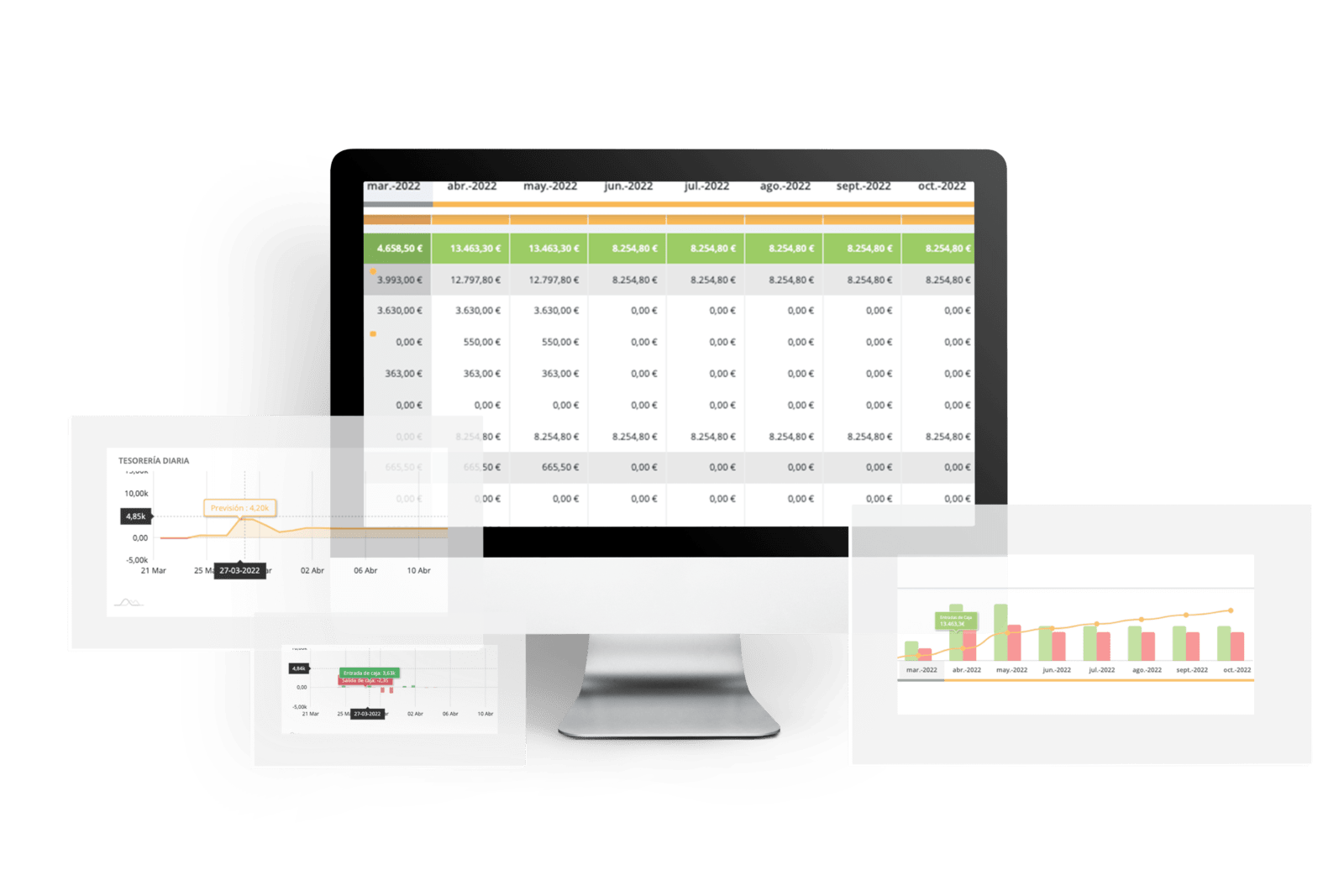Any entrepreneur needs to know how to analyze and understand your Cash Flow Statement to be able to extract relevant information about the health of the company. On the other hand, an investor can also use it to know if he/she would invest in the company. Therefore, in this article we tell you how to analyze and understand your cash flow statement.
But we get it: not everyone has expertise in finance or accounting, so understanding cash flow can be a challenge for the management team. To help you understand cash flow, we would like to give you a brief recap: the cash flow statement is one of the main accounting statements. This allows us to know how the health of the company is and if you have the necessary liquidity to meet all the company’s expenses.
HOW TO CALCULATE CASH FLOW
To calculate the cash flow for a given period, it is a very simple calculation:
Cash Flow = Net income + depreciation + amortization + provisions
But, one of the great advantages of cash flow is that we can divide it into 3 different points of view that allow you to know where expenses come from and how we can optimize them
THE STRUCTURE OF A CASH FLOW STATEMENT
To capture cash flow, it can be divided and calculated in three categories that can help us to manage and interpret it:
- Activity cash flow: Indicates the cash surpluses generated by the company’s own activity.
- Investment cash flow: Includes the recurring expense for the purchase of fixed assets.
- Cash flow from financing: Reports on expenses and income related to the financing of the company (payment of dividends, loans).
HOW TO ANALYZE AND UNDERSTAND YOUR CASH FLOW STATEMENT?
As with any financial statement analysis , one must always look at it from a business perspective. Financial documents are designed to provide insights into the financial health of the company.
In this case, cash flow allows us to know if our company is a startup that is growing rapidly, when it will be profitable or if it is a more mature and profitable company.
In the same way, a company department can use it to find out if it is contributing to the company’s well-being or if it needs to make some adjustments in its activities.
Positive and negative cash flow
Cash Flow Statment is usually positive when there are more revenues than expenses, and negative when the opposite occurs.
What does positive cash flow tell me?
This tells us that in a given period, there is more money coming in than going out of the company. This is an ideal situation as excess cash can be used to reinvest in the company, or in investors.
Likewise, having a positive cash flow does not mean that it translates into profit: your company can be profitable without having a positive cash flow, and have a positive cash flow without being profitable.
But beware: having excess cash is not efficient either: the key is to have a balance. An ideal level is to have enough cash to maintain the company for X months.
What about negative cash flow?
The opposite situation: you have more cash outflows (expenses) than inflows (income). Likewise, having a negative cash flow does not imply a loss. It may have been a temporary thing or a deviation, which has to be managed as soon as possible.
It may also be caused by a company’s decision to expand its business and invest in growth. For all these reasons, it is important to analyze cash flow from period to period, and it can tell us how the company is doing overall.
In short, it is important to analyze the different categories of cash flow to monitor how the company’s expenses are going, as well as the financial health of the company as a whole. This will allow you to anticipate possible liquidity and, consequently, viability problems.
Orama will allow you to have an automated cash flow control and forecast. Control the past and future of your business in a simple and well organized way, even if you are not a financial guru.
Book your demo with our specialists.





